This charming garden was thoughtfully designed for a small family, aiming to foster self-sufficiency and sustainable living. Every element has been carefully chosen to maximize productivity and provide a diverse range of resources.
The terrace, adorned with abundant fruits and herbs, provides fresh ingredients for culinary adventures.
The fish pond not only adds beauty but also offers a renewable source of protein and edible greens.
A water tank collects and stores rainwater, ensuring a reliable water supply for irrigation throughout the year.
Composting worms transform kitchen scraps into nutrient-rich compost, further enriching the soil.
Compost heaps provide a continuous source of organic matter for the garden beds.
The clover lawn not only adds visual appeal but also enriches the soil and attracts beneficial insects.
Fruit trees offer shade, beauty, and a yearly harvest of nutritious fruits.
However, the true heart of this garden lies in the numerous raised garden beds, where an assortment of vegetables grows in abundance.
These beds not only provide a steady supply of fresh, organic produce but also promote biodiversity and efficient use of space.
With this garden, the small family can embark on a journey towards self-sufficiency, nourishing themselves with the fruits of their own labor and embracing the principles of permaculture.
small garden 8×14 m in Cheshire UK
Explore an interactive image of a permaculture-inspired small garden, where you can click to uncover the fascinating details of each element.
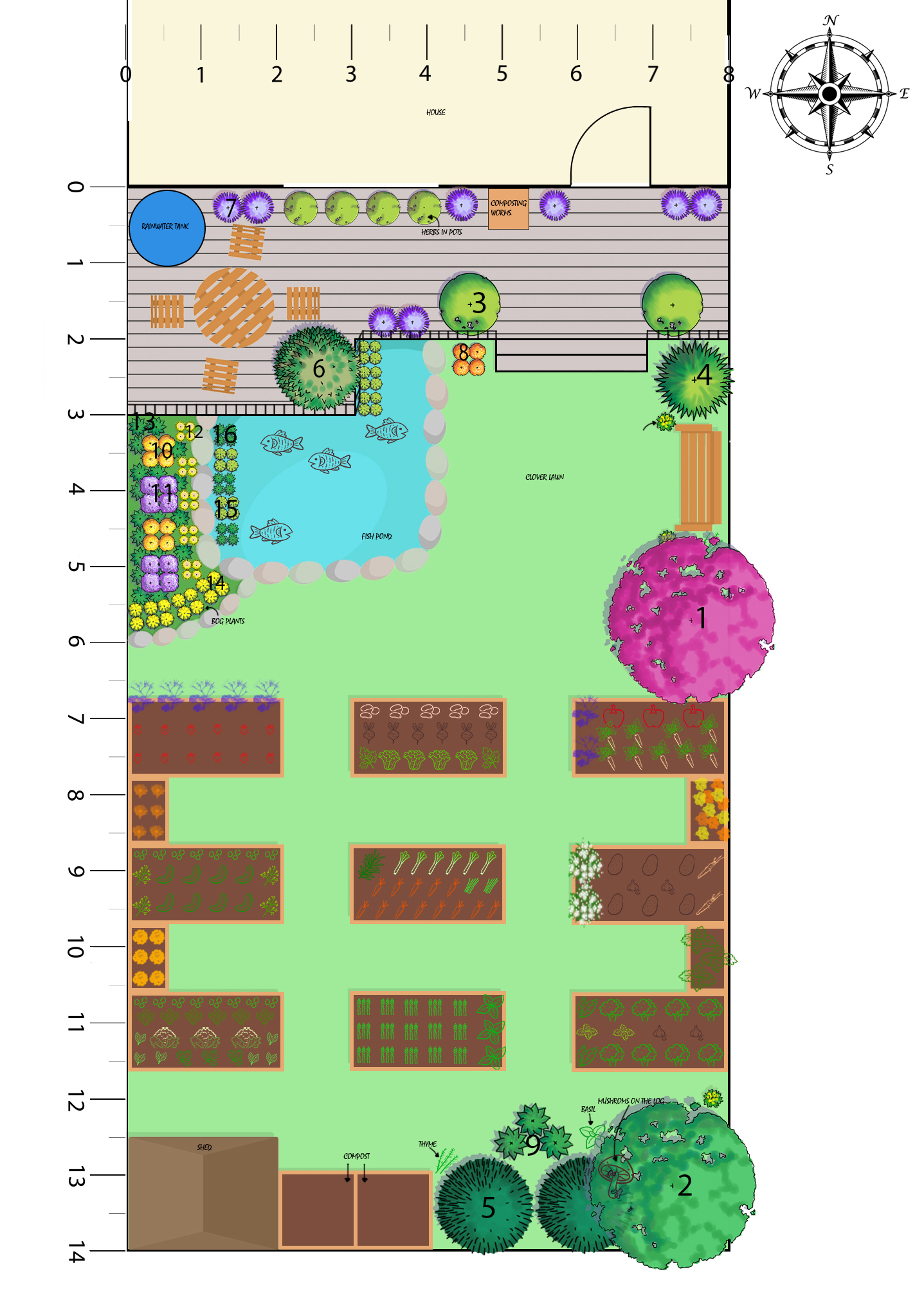
Rainwater Tank
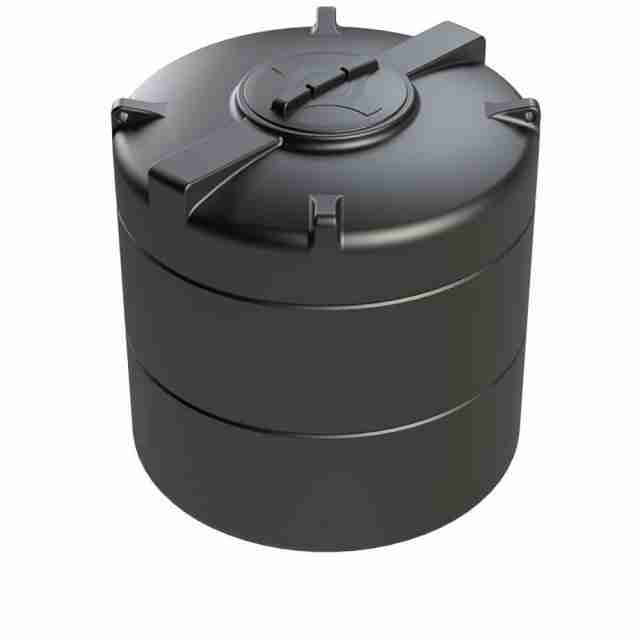
A water tank is a beneficial addition to a garden, even it the UK, as it helps mitigate the impact of inconsistent rainfall patterns, potential droughts, and hosepipe bans that have been experienced in last years, while also reducing reliance on mains water by up to 50% through rainwater harvesting.
Wormery

Composting worms are a valuable addition to a garden as they help efficiently break down organic waste, such as kitchen scraps into nutrient-rich compost which can be used to enrich soil, improve plant health, and promote overall garden sustainability.
Compost
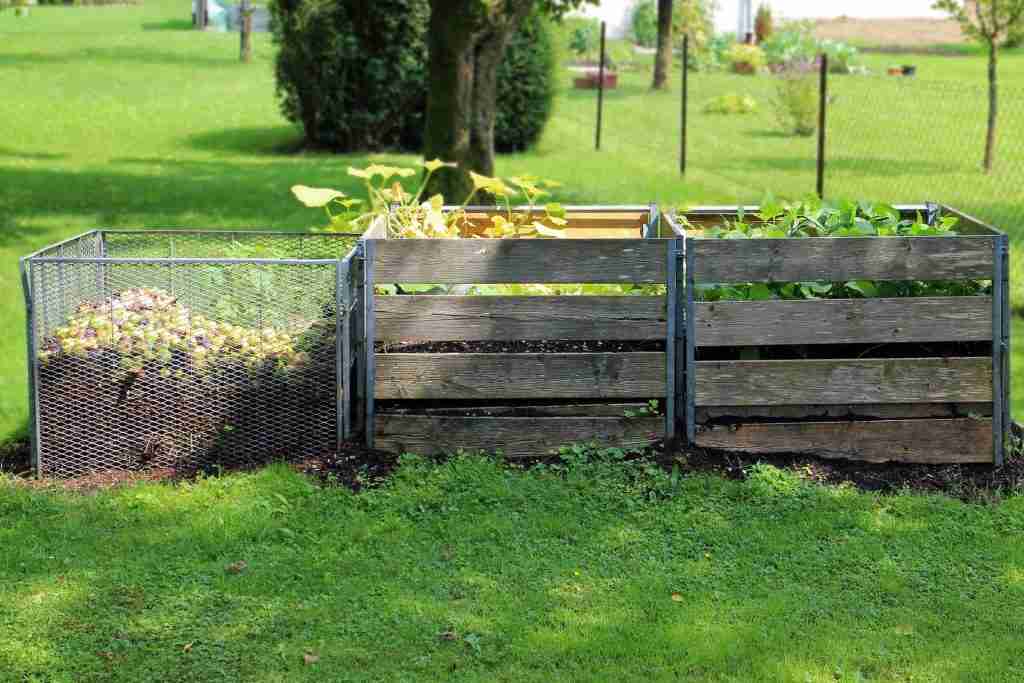
Compost heaps provide a controlled environment for the decomposition of organic materials, such as kitchen scraps, leaves, and grass clippings, resulting in nutrient-rich compost, reducing the need for synthetic fertilizers, saving money, and improving plant health and productivity while minimizing waste sent to landfills.
Fish Pond with aquatic and bog plants
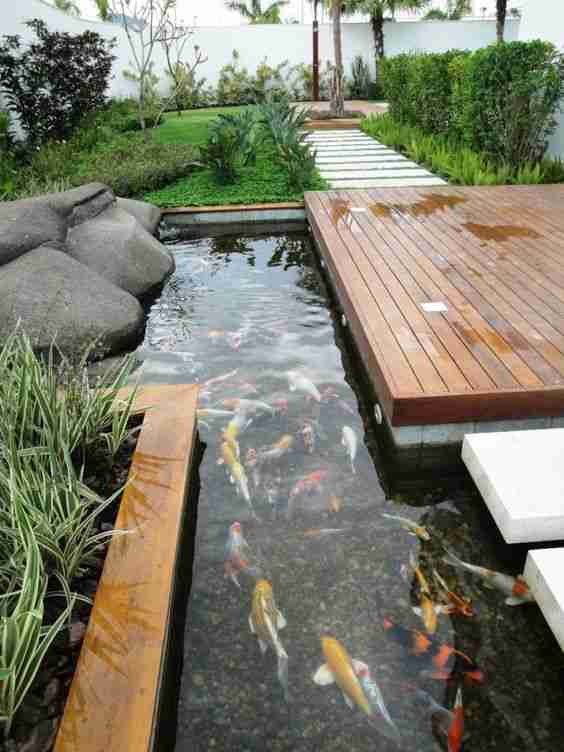
Fish ponds integrated with aquatic and bog plants serve as multifunctional elements, providing nutrient cycling, water conservation, wildlife habitat, aesthetic appeal. It is a sustainable source of food, including fresh fish and edible greens, contributing to the overall sustainability, resilience, and food self-sufficiency of the permaculture garden.
Apple tree guild
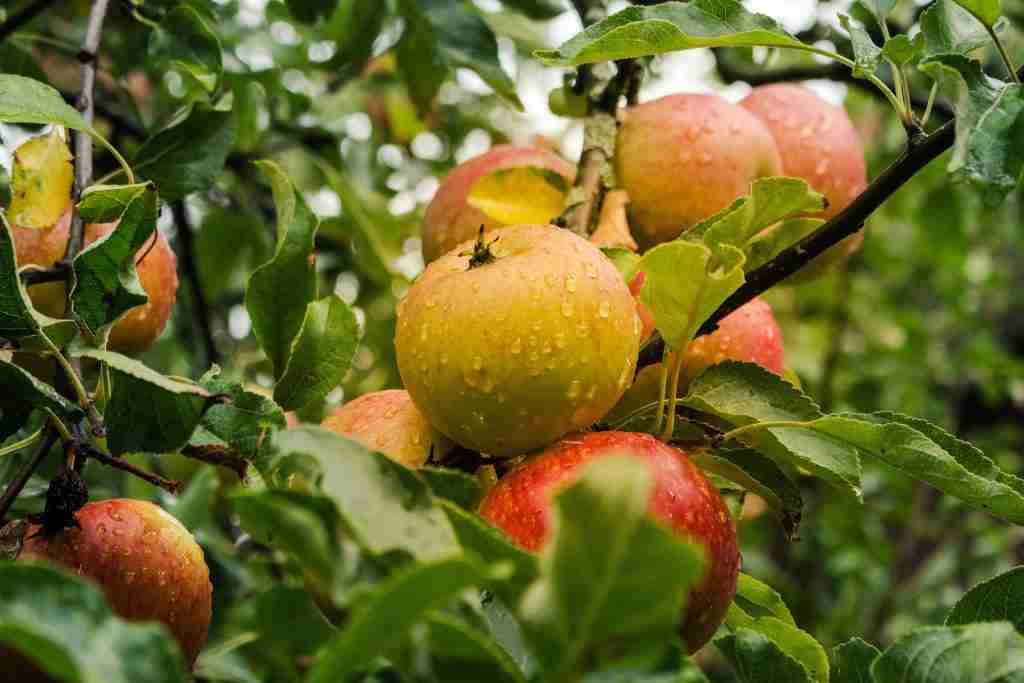
An apple tree guild, incorporating fruit bushes, such as redcurrants, along with mushrooms and herbs, is a beneficial permaculture design that creates a symbiotic ecosystem by enhancing pollination, maximizing space utilization, improving soil health, providing diverse harvests, and promoting overall garden resilience and productivity.
Raised garden beds
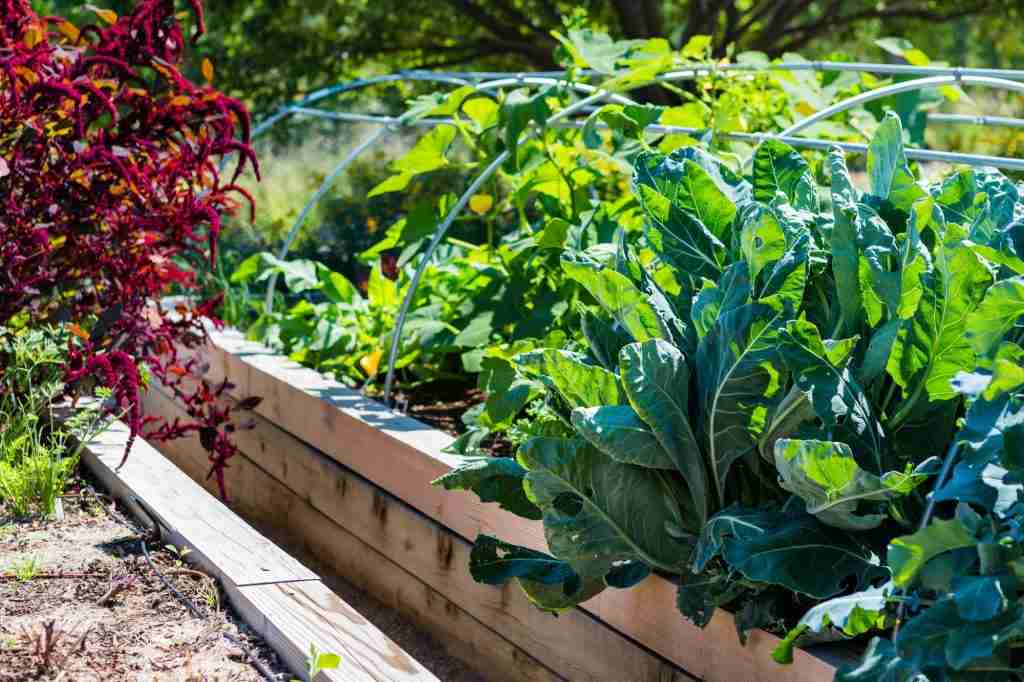
Raised garden beds offer improved soil drainage, weed control, better accessibility, efficient space utilization, and increased control over soil quality and nutrient management, ultimately contributing to higher yields, easier maintenance, and a more organized and productive garden space.
Garden beds with winter protection
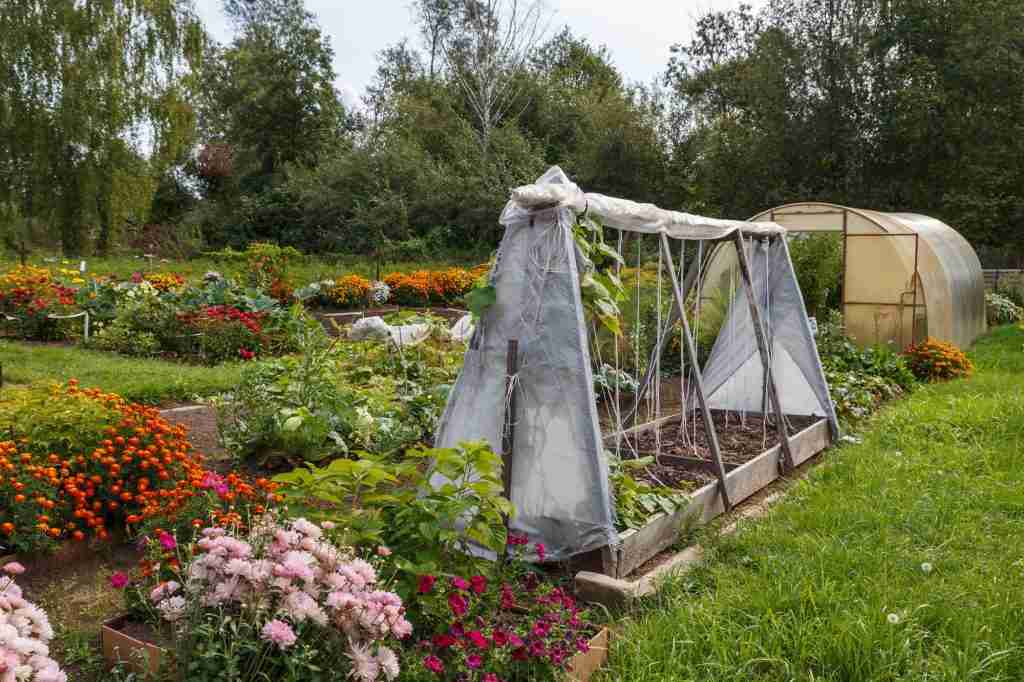
Mini polytunnels and cold frames extend the growing season, protect plants from cold weather and frost, and create controlled microclimates for increased productivity and a wider range of plant cultivation. It is possible to grow food all year round with cold frames.
Clover lawn
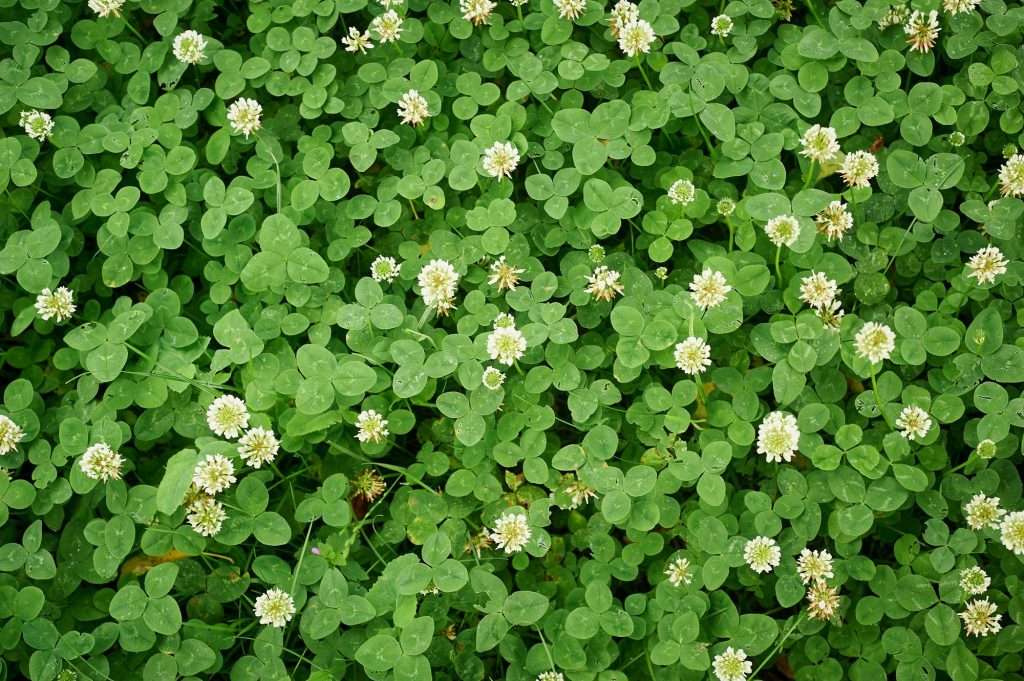
A clover lawn offers benefits such as drought resistance, easier maintenance, affordability, environmental friendliness, weed resistance, and aesthetic appeal. It can be a low-maintenance, eco-friendly, and attractive alternative to a traditional grass lawn.
Terrace with herbs, flowers, fruits and tree
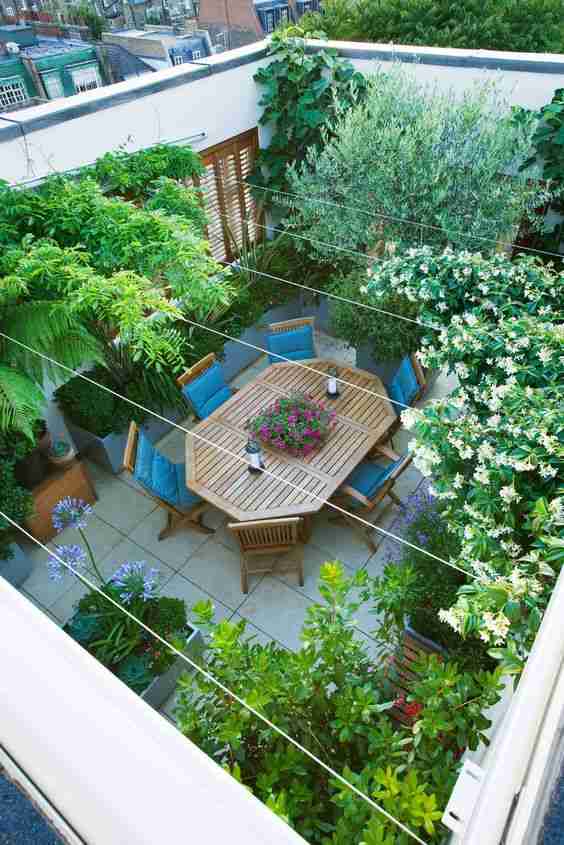
A terrace adorned with a combination of herbs, flowers, fruits, and a catalpa tree creates a diverse and vibrant space that offers multiple benefits, including culinary delights, aromatic scents, pollinator attraction, fruit harvests, visual beauty, shade provision, and a harmonious blend of ornamental and productive elements, enhancing the overall aesthetics, functionality, and enjoyment of the terrace.
Garden bench

A garden bench surrounded by flowers, situated next to a cherry tree and gooseberry bushes, provides a delightful and serene spot that combines the beauty of blooming flowers, the shade of a cherry tree, and the potential harvests of delicious cherries and gooseberries, creating a peaceful and picturesque setting for relaxation, contemplation, and enjoyment in the garden.
Garden shed
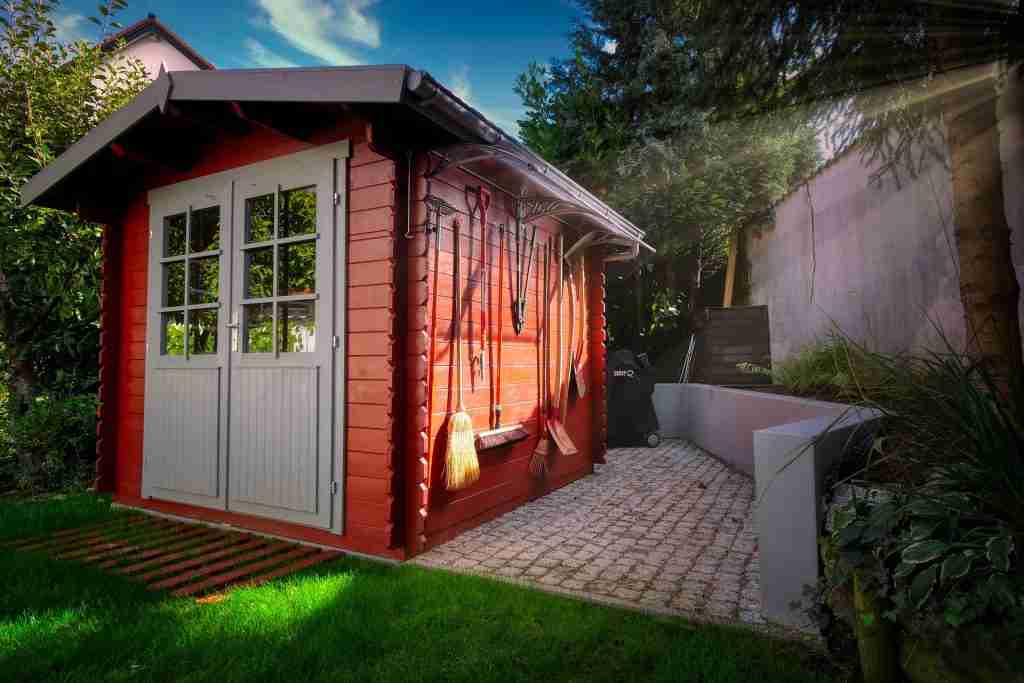
Storage space for gardening tools, equipment, and supplies, etc.
Flowers and herbs supporting vegetables
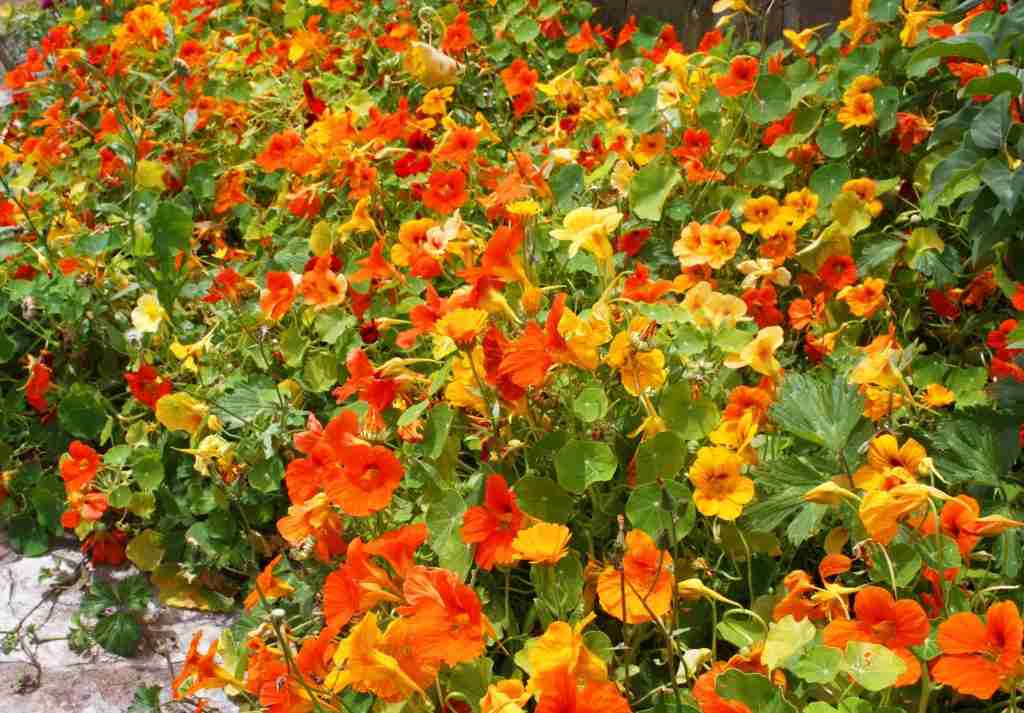
Integrating flowers and herbs alongside vegetable plants provides multiple benefits, including attracting beneficial insects, pollinators, and pest predators, enhancing biodiversity, improving soil health, repelling pests, adding aesthetic appeal, and providing companion planting advantages such as nutrient sharing, and increased overall resilience and productivity in the vegetable garden.
With careful planning, food can be grown all year round. Growing plants in polyculture and utilizing methods such as succession planting, employing season extension techniques, mulching, and cultivating perennial crops allow for a continuous harvest throughout the year.
In the design are included:
1. Garden plan with plants placement and best varieties.
2. Specific plant list with quantities needed, including suppliers and their prices.
3. 3-4 years crop rotation plan.
4. Companion planting.
5. Succession planting timetable.
6. Cover crops.
7. Spacing between plants, organic pest management and other useful information for beginner gardeners if needed.
8. Tips on how to increase soil fertility.
9. Implementation task list with a practical timetable.
10. An estimated cost analysis for the full implementation of the design.
11. Useful tips, ideas, tools and equipment to consider for implementation, and more.
Order your Permaculture Design tailored to suit any scale, from small gardens to vast farms, providing you with an opportunity to cultivate sustainability, maximize productivity, and reconnect with nature in a harmonious and regenerative way.

Having read your blog, you obviously know what you are talking about
Thank you for your kind words! As a horticulturist and permaculture designer, I strive to share my knowledge and experiences. I’m glad you found the information valuable.
Awesome posts!
Thank you!
Great site with quality based content. You’ve done a remarkable job in discussing.
Thank you for the wonderful feedback John!